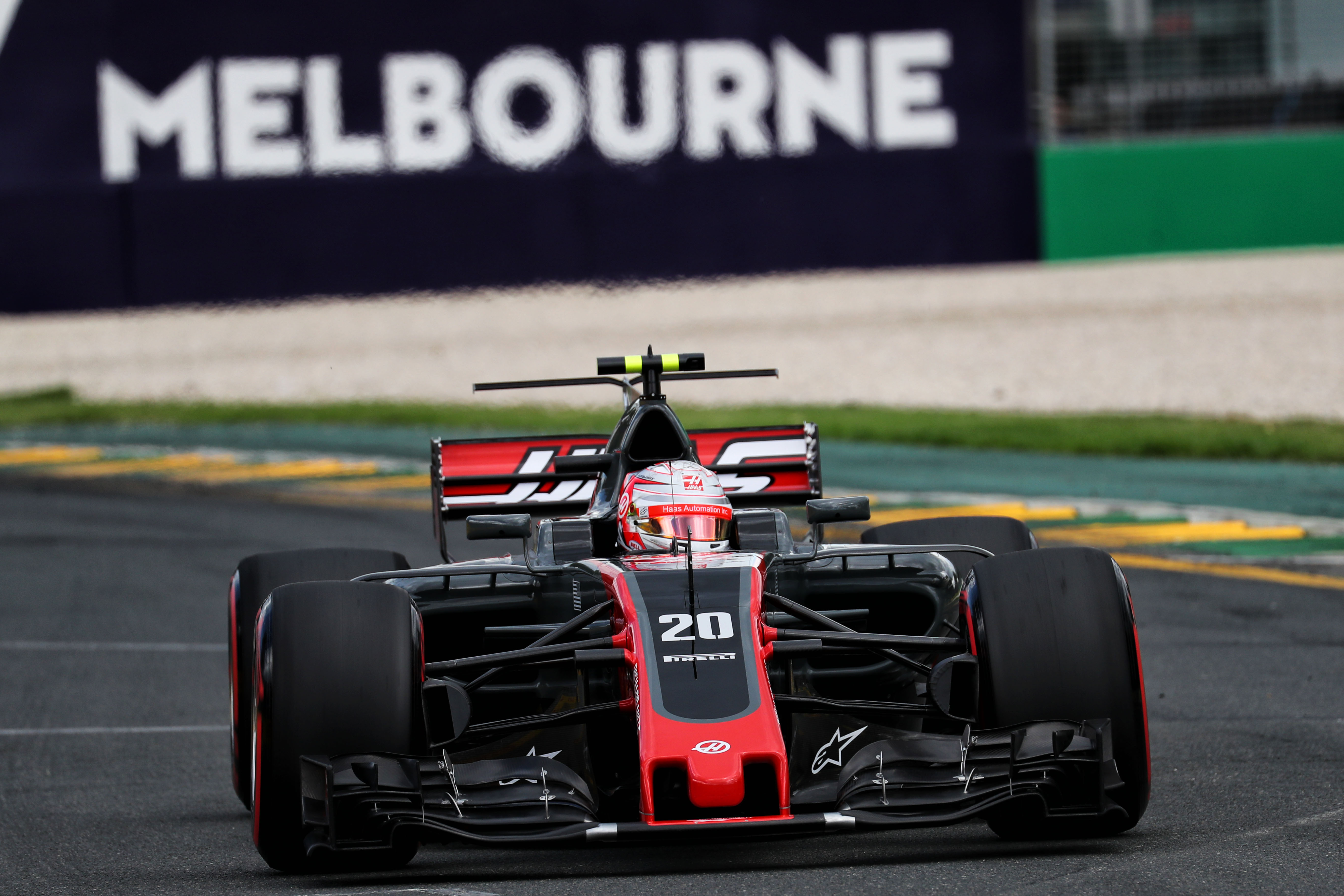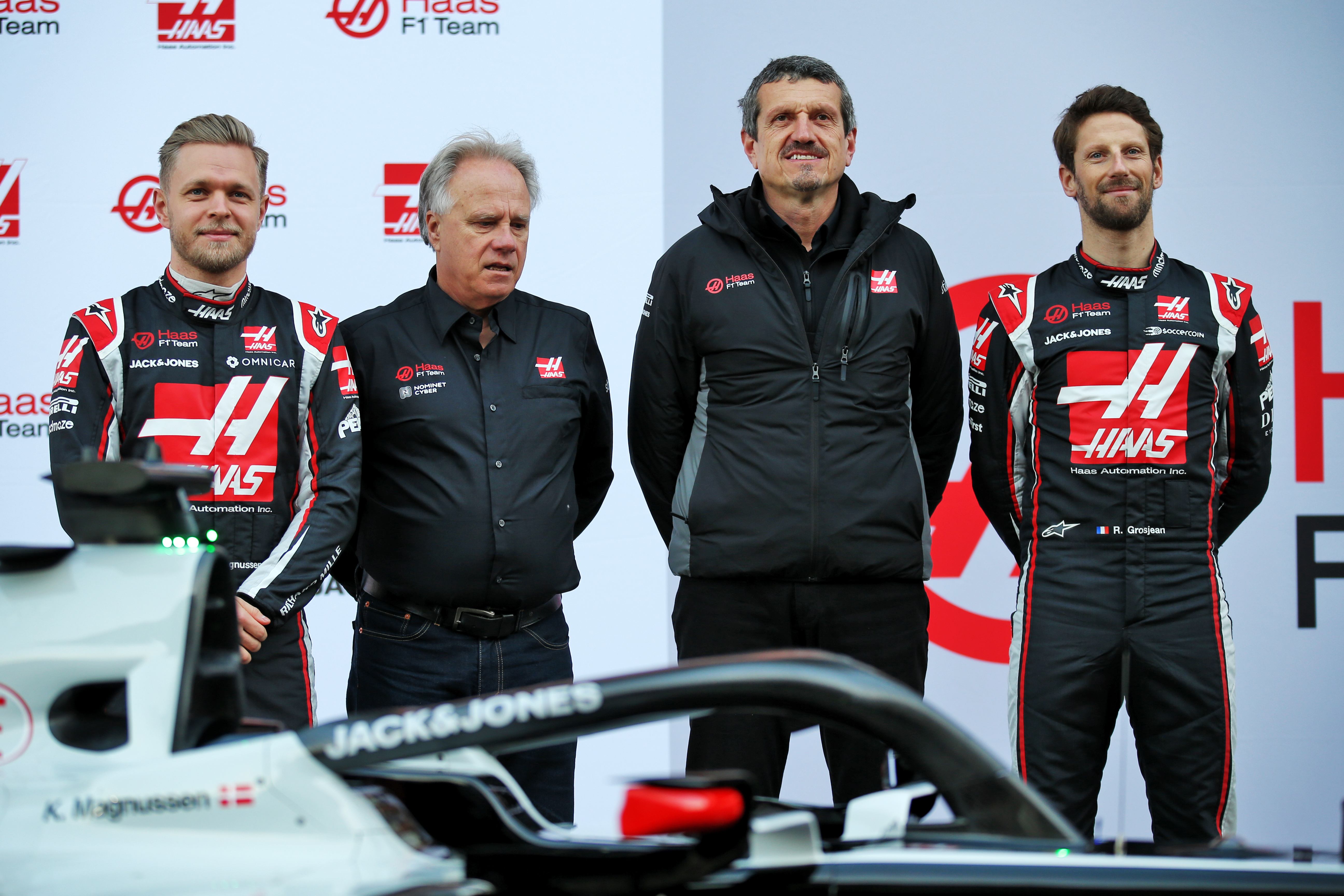Up Next

Only the Mercedes Formula 1 drivers have been paired together as long as the Romain Grosjean/Kevin Magnussen combo at Haas. For the last (almost) four seasons, they have generally rubbed along OK as they sought to transcend the competitive circumstances of the tiny, uniquely-structured, team.
They have very different driving styles and personalities but one trait they share is that they can be very stubborn and hard-headed on-track – and this has led to a few skirmishes that have infamously tried the patience of their boss Guenther Steiner. But that was mainly last year and is not believed to have anything to do with them not being retained into 2021, a decision which may have financial considerations at its root.
It’s difficult to know where the balancing points lie between team, car and driver performance in the Haas equation. Because over the time of the Grosjean/Magnussen pairing, the team produced: a 2017 car that was patchy, working well in mid-downforce tracks but poorly on low and high; a 2018 car that was generally pretty good all-round; a 2019 car with a weird performance profile (often quick in qualifying, invariably disastrously slow in the race), and a 2020 car that’s just outright slow.
The tiny team model, with design and construction farmed out, can work well, as we saw in ’18. But it makes it extremely vulnerable to identifying and sorting any fundamental problem. The impact of any particular underlying car balance problem can vary between drivers and that has certainly been the case between Grosjean and Magnussen.
As a generalisation, Grosjean has a narrower car balance sweet spot than Magnussen. He relies more heavily on having a good front end and being able to aggressively use the brakes. If he has this, he can be dynamite. With the car like this, Magnussen invariably has no answer for him in qualifying.
‘KMag’ got to see this up close in their first race weekend together, Australia 2017 (below), where Grosjean made it through to Q3 and Magnussen crashed out of Q1 trying to match Grosjean’s speed through the fast Turn 12. “I just can’t drive the car like that,” said Magnussen later of Grosjean’s apparent ease with an oversteer balance.

But Magnussen can get a workable tune from the car over a much wider balance range. If it lacks a front end, he can generally cope much better, as he asks less of it on corner entry and isn’t as aggressive on the brakes, so is better at disguising that particular car limitation.
It was particularly unfortunate for Grosjean that the 2017 Haas had a persistent braking problem, as the team’s engineer Ayao Komatsu observed at the time: “Romain, if he has the car and brakes he wants, is very, very, very quick. But if he hasn’t got that he will struggle – a bit similar to Kimi [Raikkonen]… his driving style is very late braking and really requires certain feedback from the brakes, so when he hasn’t got it that’s a really big disadvantage for him, but not so much for Kevin who isn’t so affected by it.
“But even when it is like this, when Kevin is generally faster, Romain can still sometimes pull out the big lap in qualifying. There’s a lot you can get from Romain and it’s frustrating because we know what he needs but we can’t always deliver it to him.”
In that first season, Grosjean out-qualified Magnussen 12-7 and on average was 0.23s quicker over the season. With the less peaky 2018 car, the score was 13-6 in Grosjean’s favour but with a reduced margin of 0.166s. In terms of points, Grosjean heavily outscored Magnussen in their first season together but Magnussen turned the tables in 2018, with 56 points to Grosjean’s 37, a trend that continued into last year.
Grosjean v Magnussen
2017
Qualifying: Grosjean 12-7 Magnussen (0.230s average gap)
Points: Grosjean 28-19 Magnussen
2018
Qualifying: Grosjean 16-6 Magnussen (0.166s average gap)
Points: Grosjean 37-56 Magnussen
2019
Qualifying: Grosjean 7-13 Magnussen (0.131s average gap)
Points: Grosjean 8-20 Magnussen
2020 (so far)
Qualifying: Grosjean 4-5 Magnussen (0.005s average gap in Grosjean’s favour)
Points: Grosjean 2-1 Magnussen
Total points
Grosjean 75-96 Magnussen

It was Grosjean who was adamant that the updated Haas introduced at Barcelona last year was worse than the standard car, an observation that was initially dismissed by the team. “It was difficult,” said Komatsu, “because he was in the new car at that race and Kevin was still in the old one but Romain was setting faster lap times. But it later turned out he was 100% right.”
Grosjean’s more demanding style had uncovered the flaw in the updated car more surely and this was a major part of the team finally getting a handle on the underlying problem – which saw the car frequently qualify reasonably well, but fade dramatically in the races – late in the season. But too often for such an experienced driver, it would be Grosjean who made a critical mistake that gave the hard-pressed team lots of work to do in rebuilding cars – though Magnussen wasn’t totally blemish-free in that regard either.
Both are hard-chargers who gave their best in sometimes trying circumstances and with their own particular strong points – Grosjean’s raw speed when all was right for him, Magnussen’s toughness in battle and equanimity, a flat-line of emotion in contrast to Grosjean’s ups and downs. Their occasional clashes on the track didn’t carry any bad feeling into the team and they generally operated together well. But maybe four years of no direction of progress was just too much to keep the energy buzzing.






